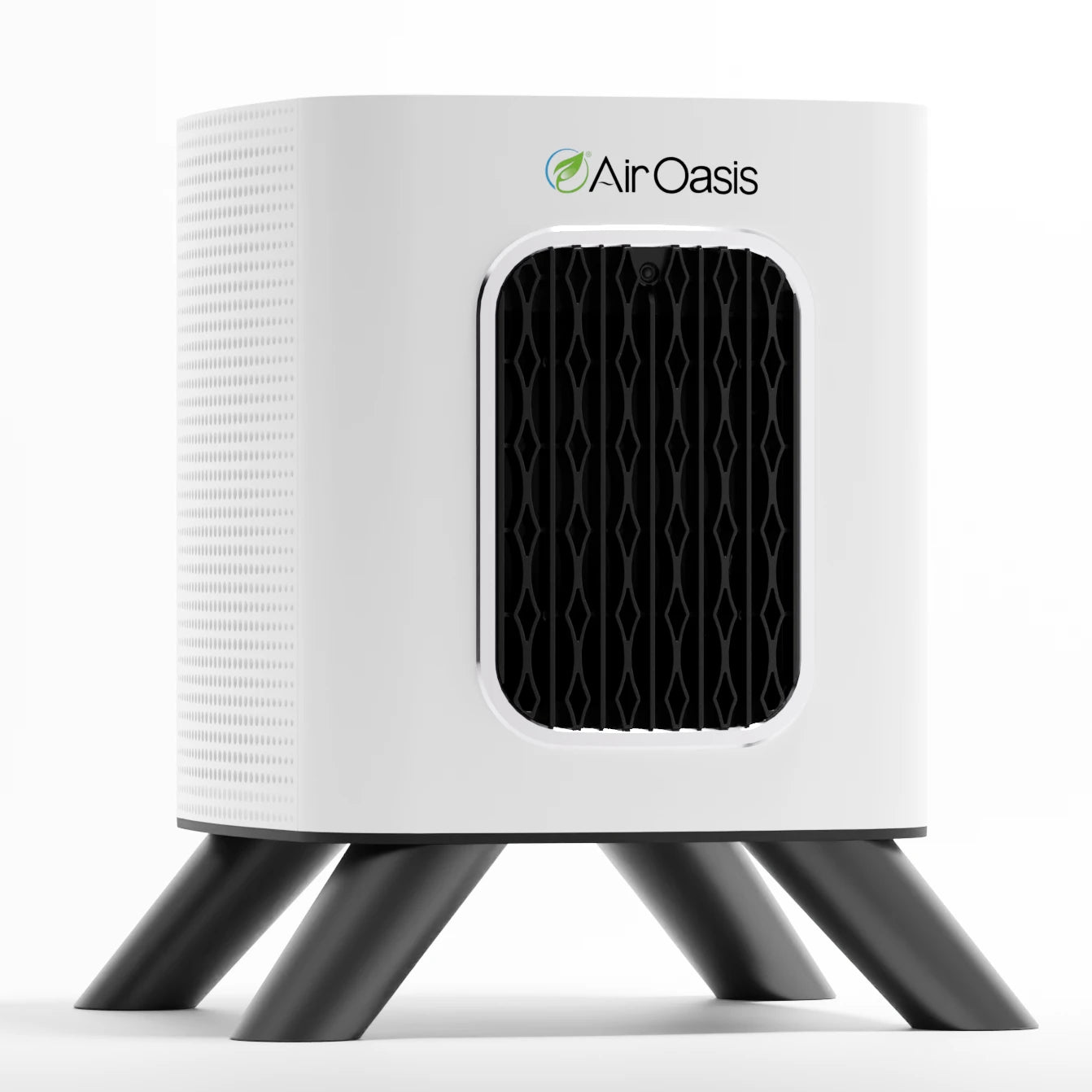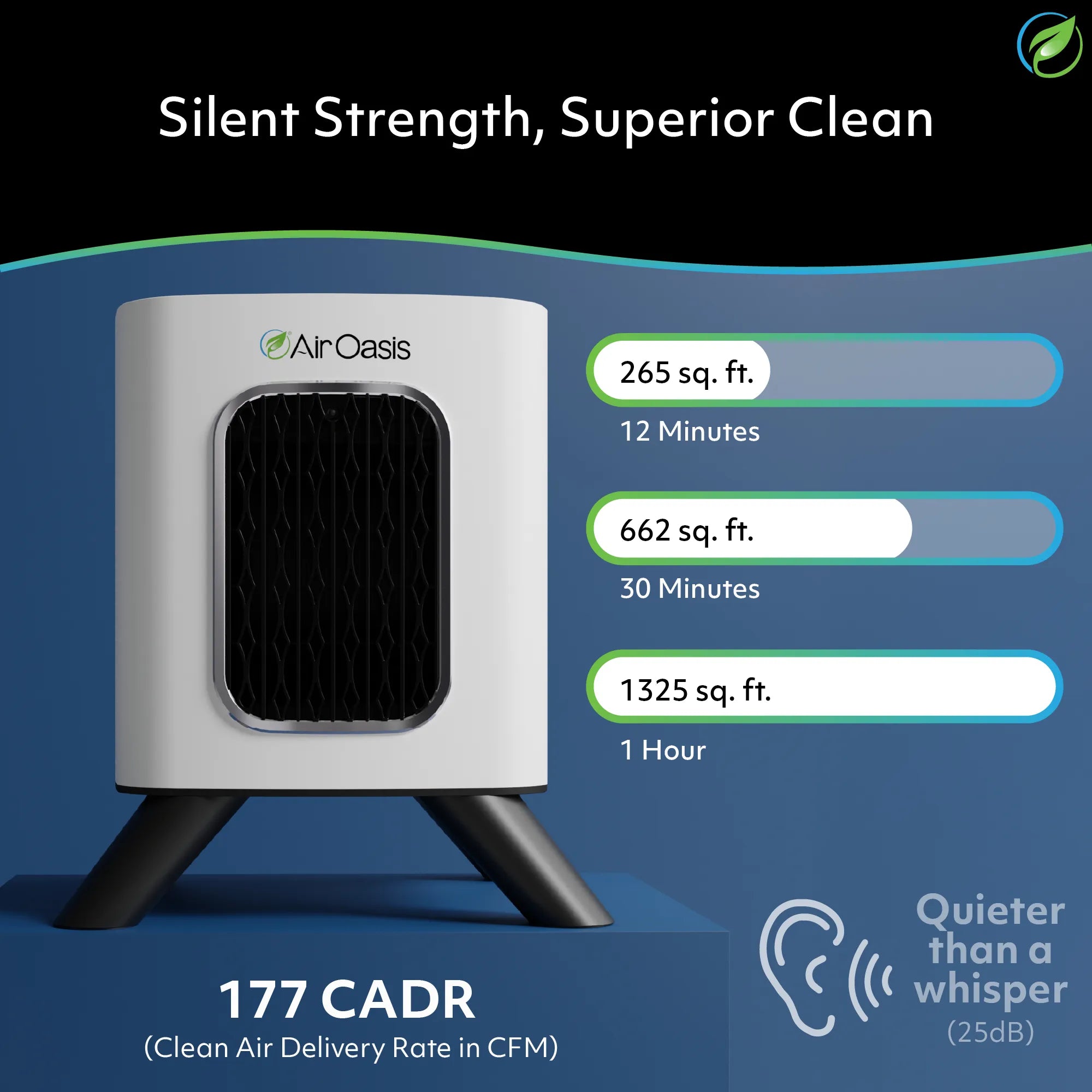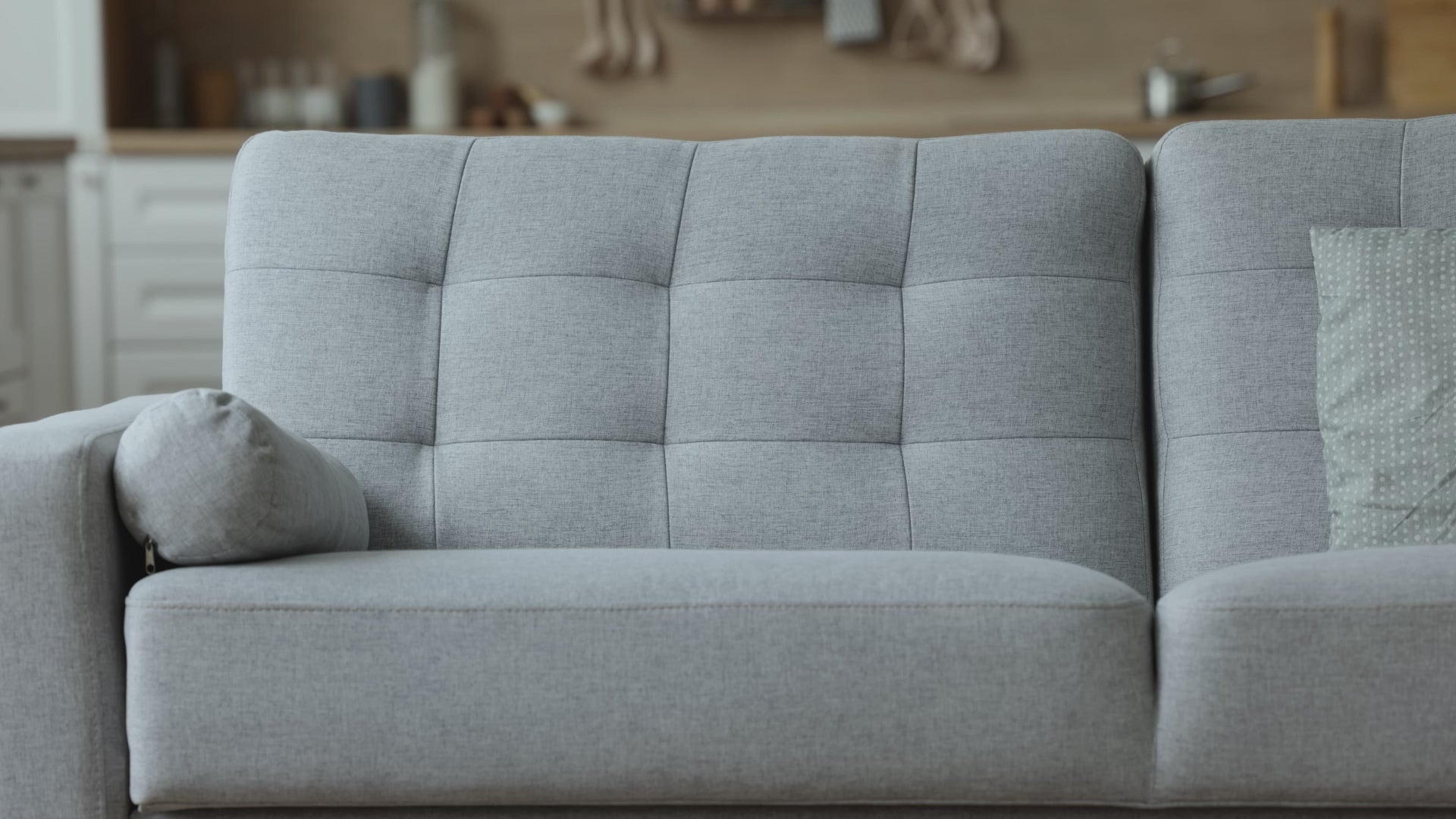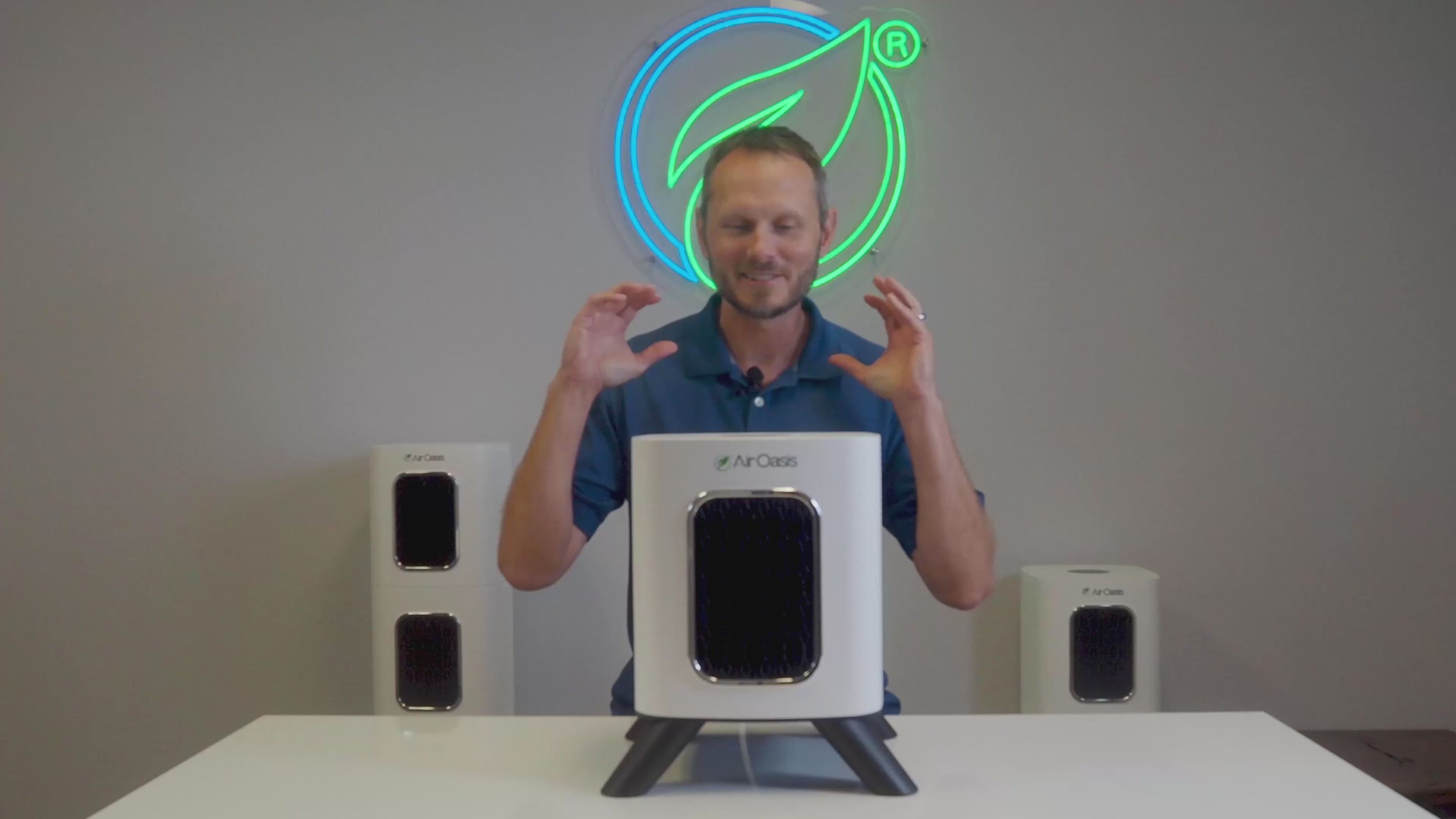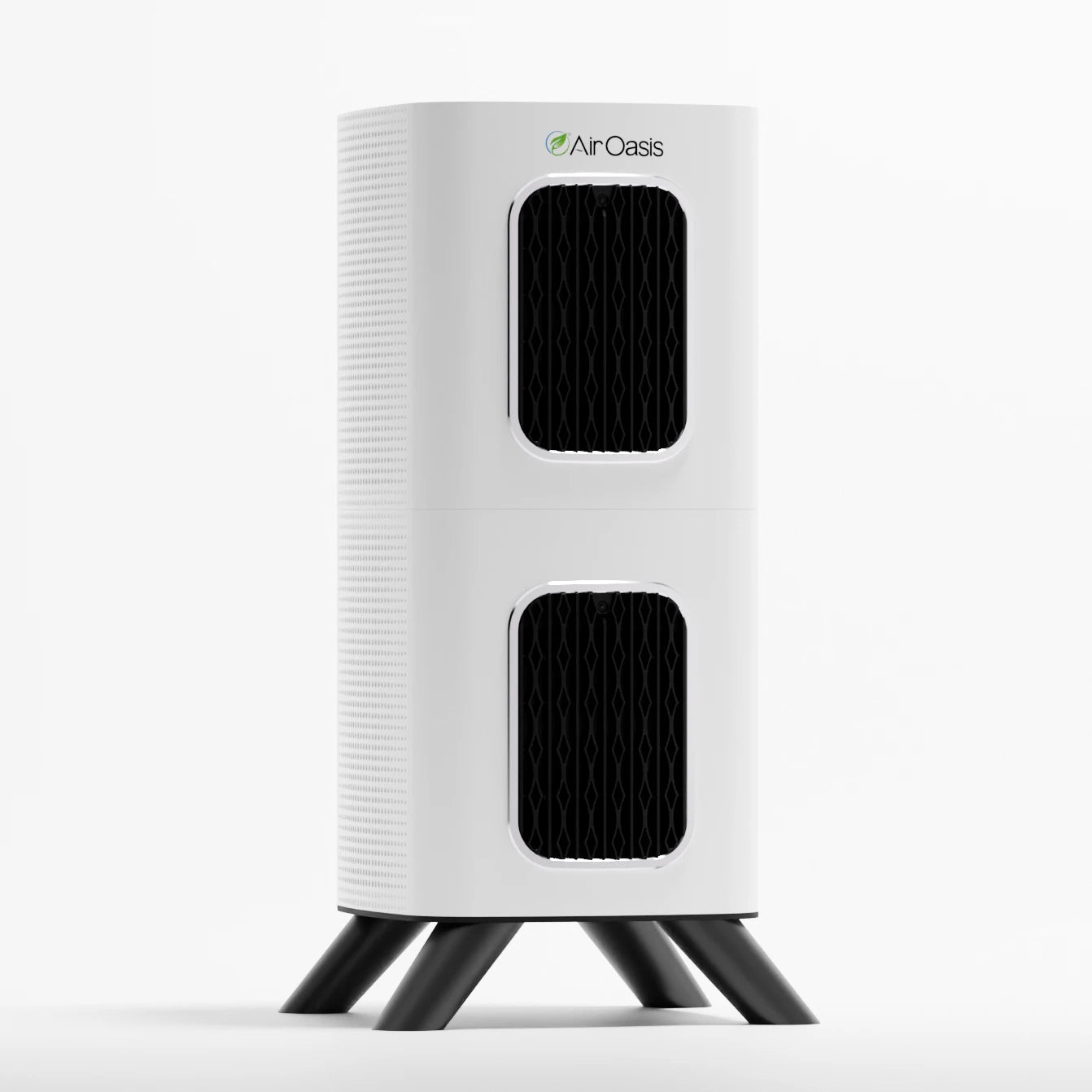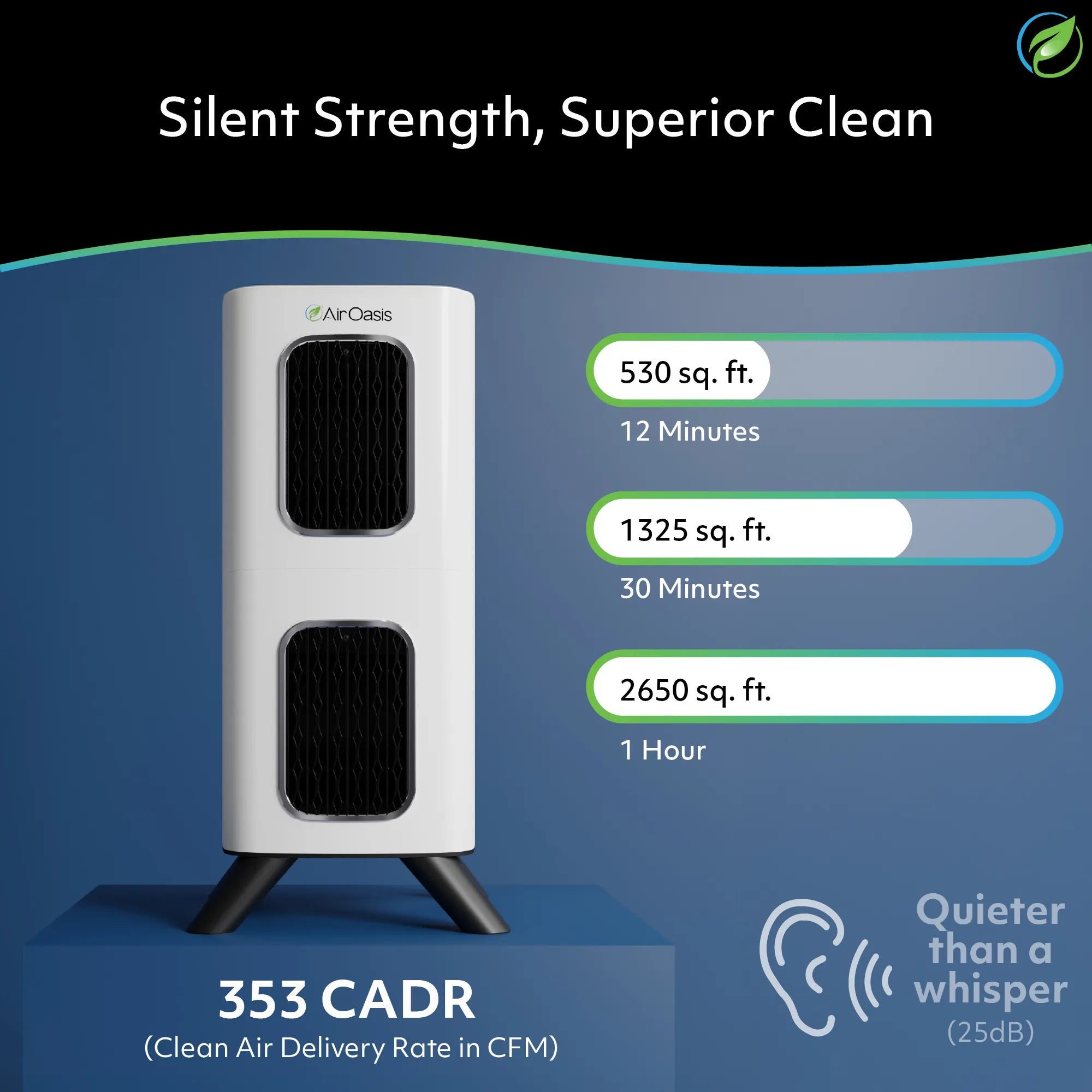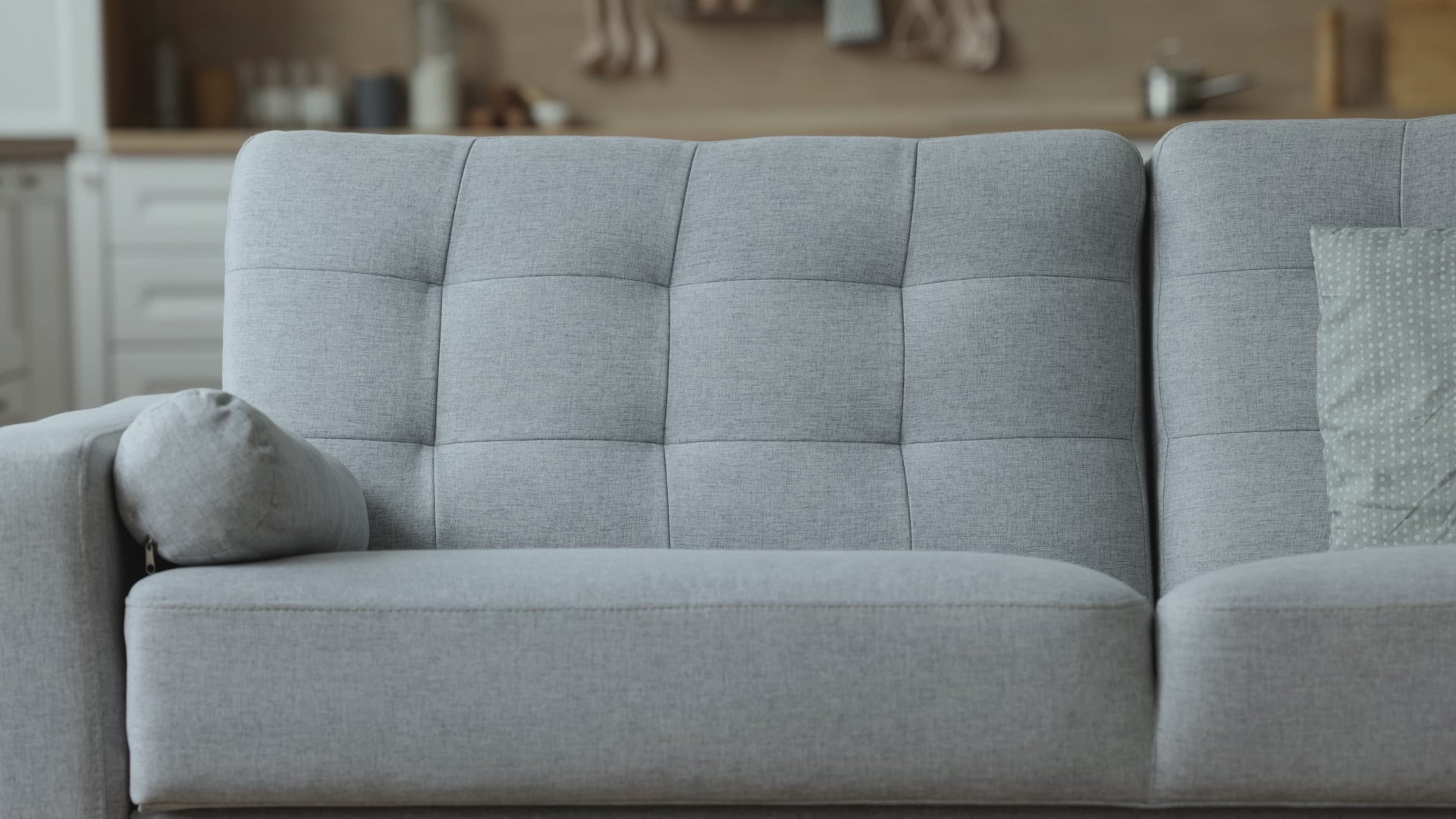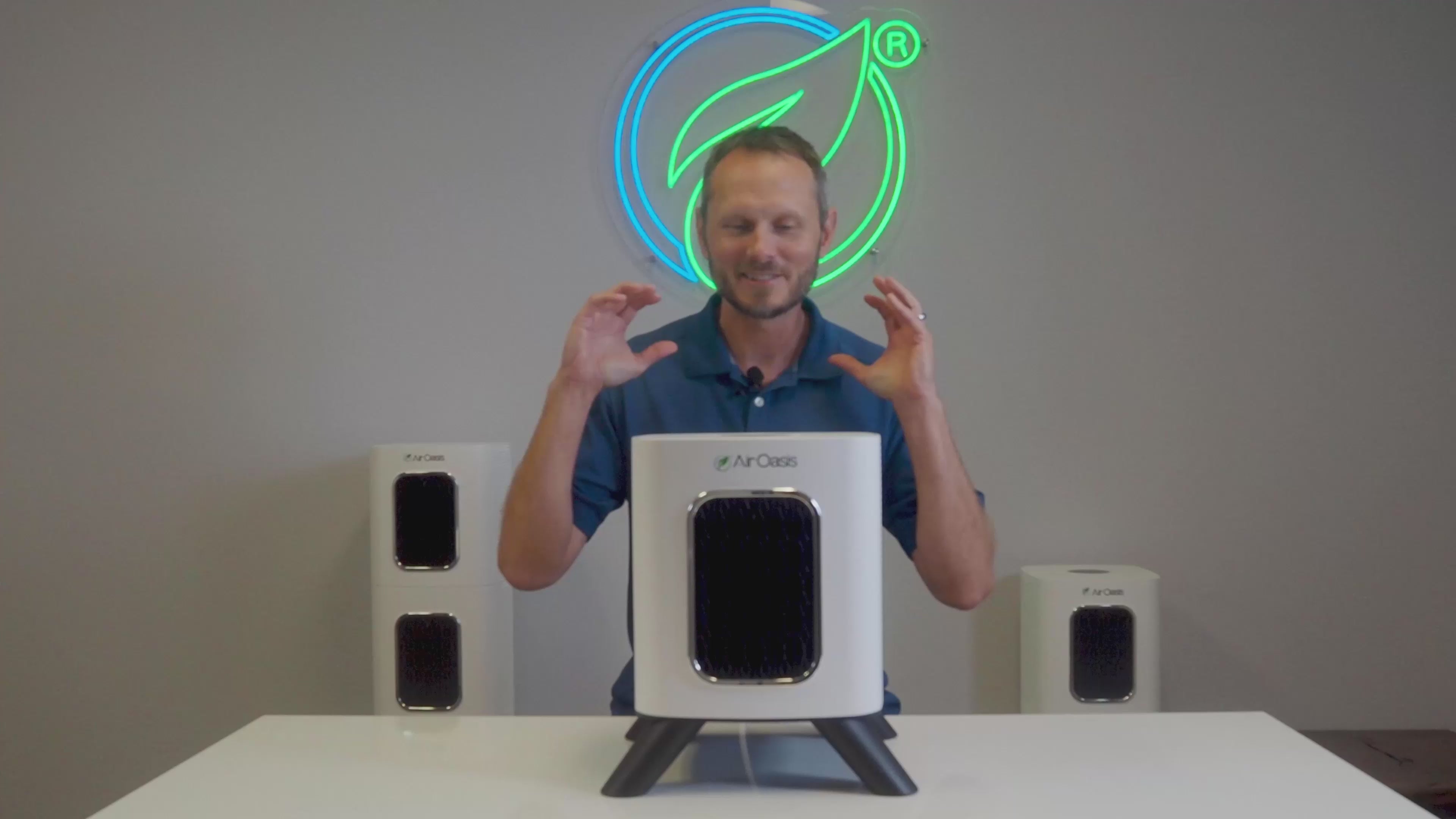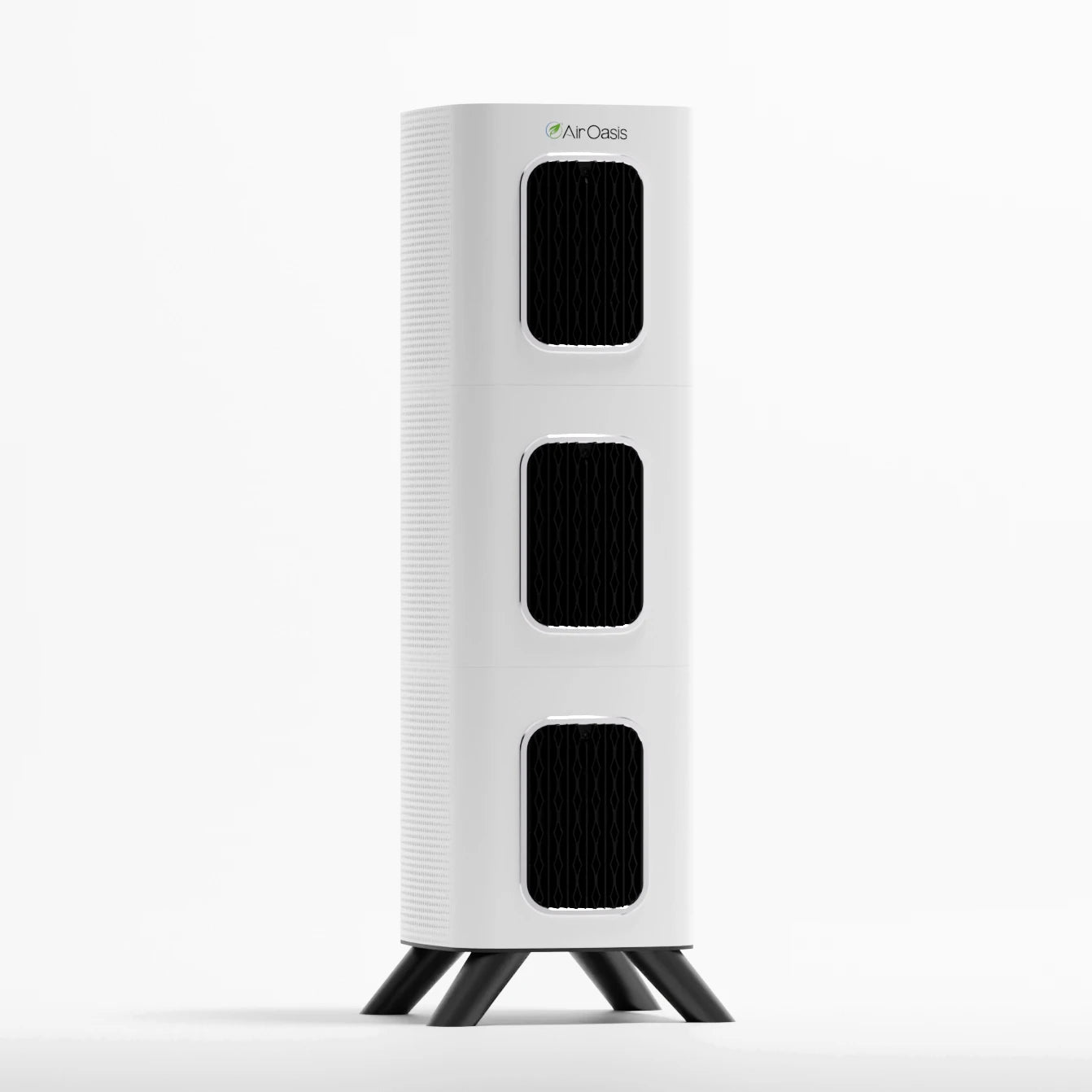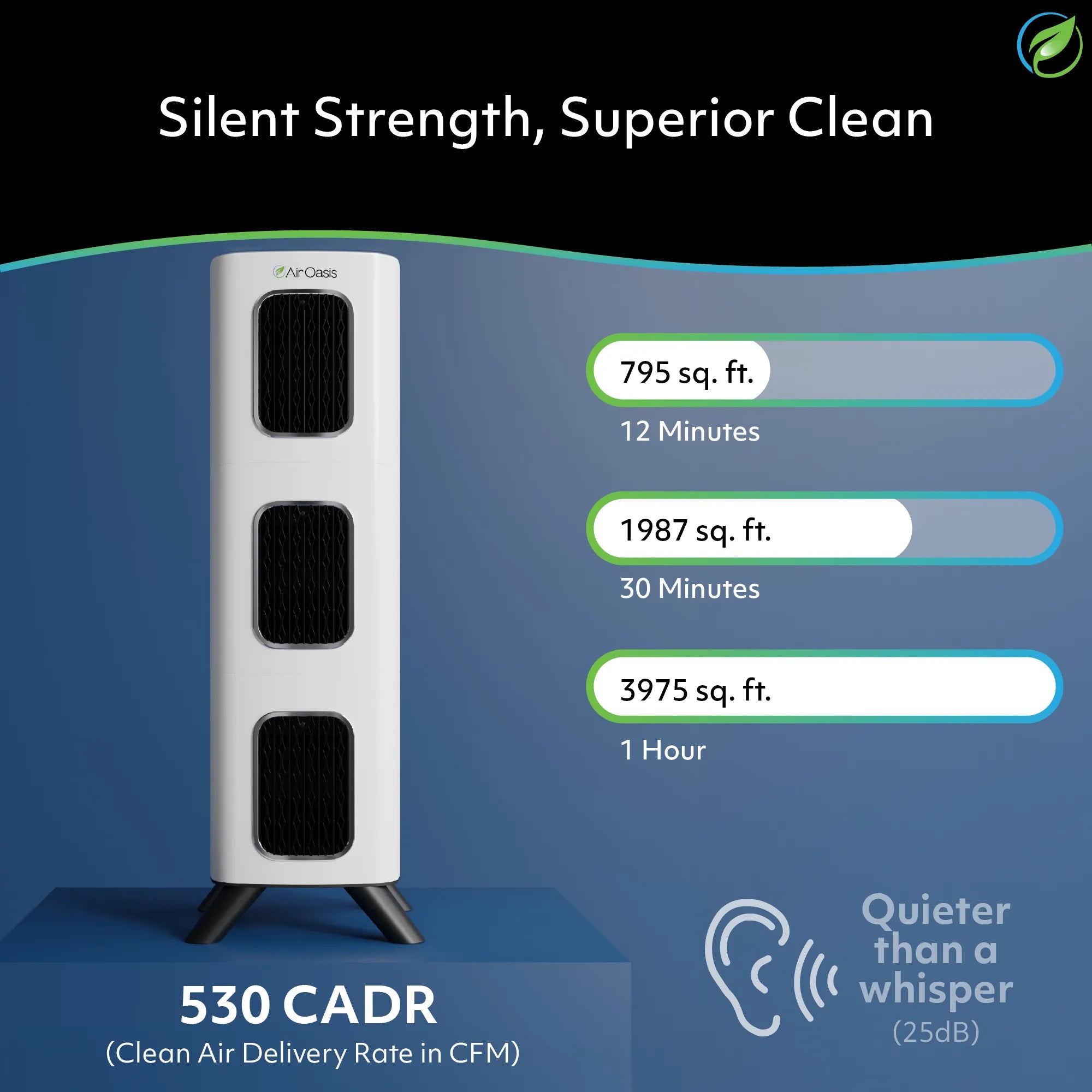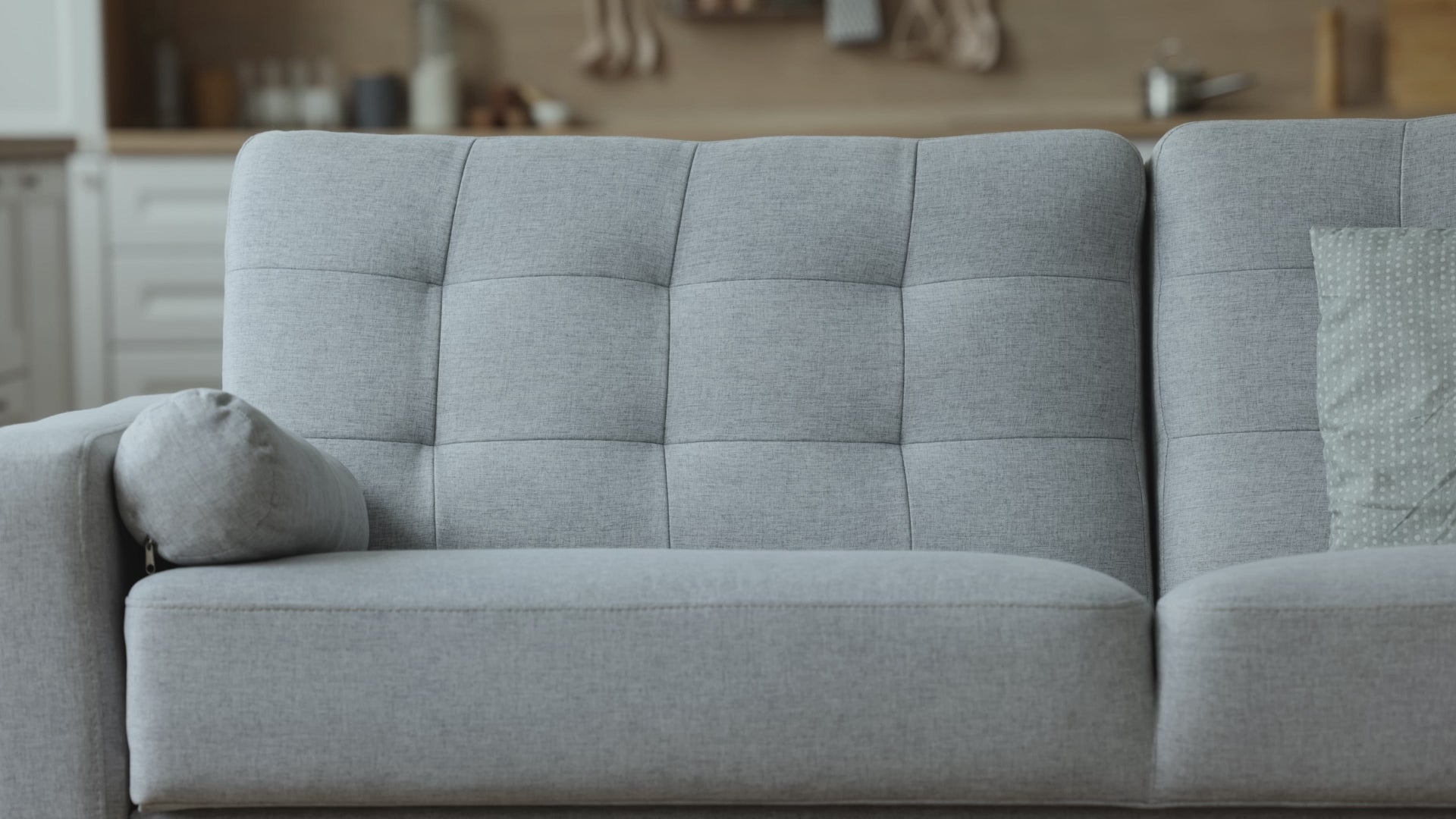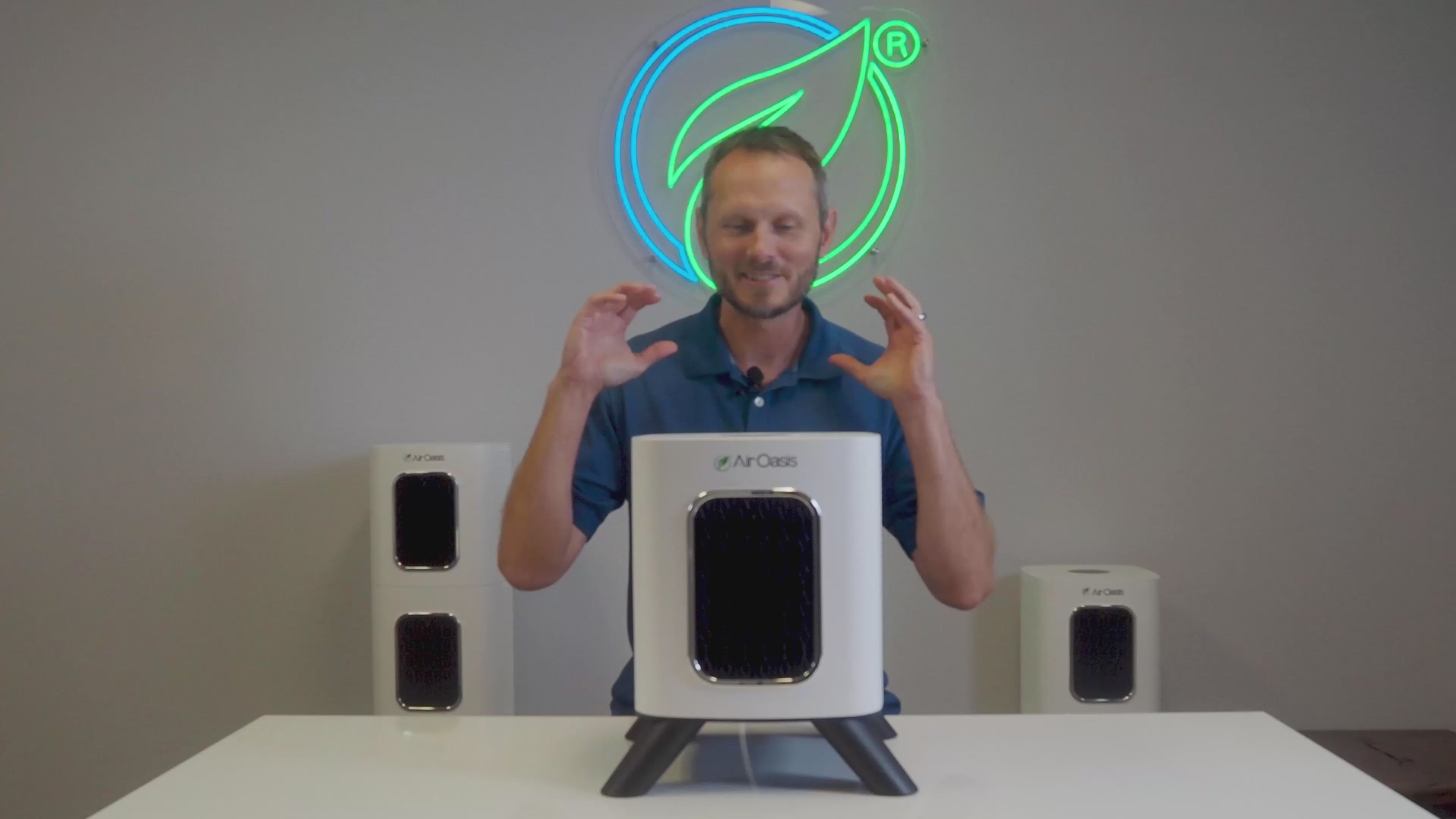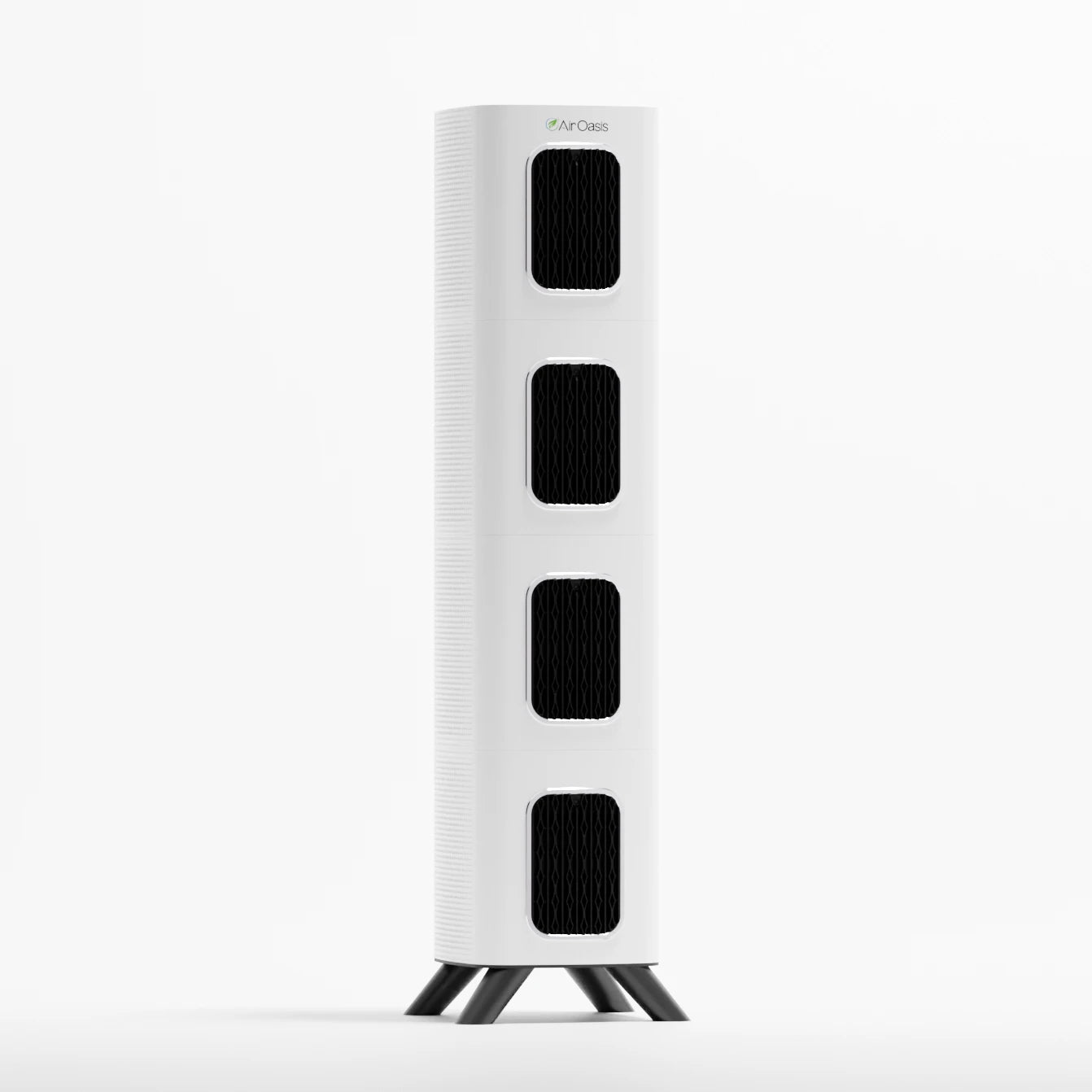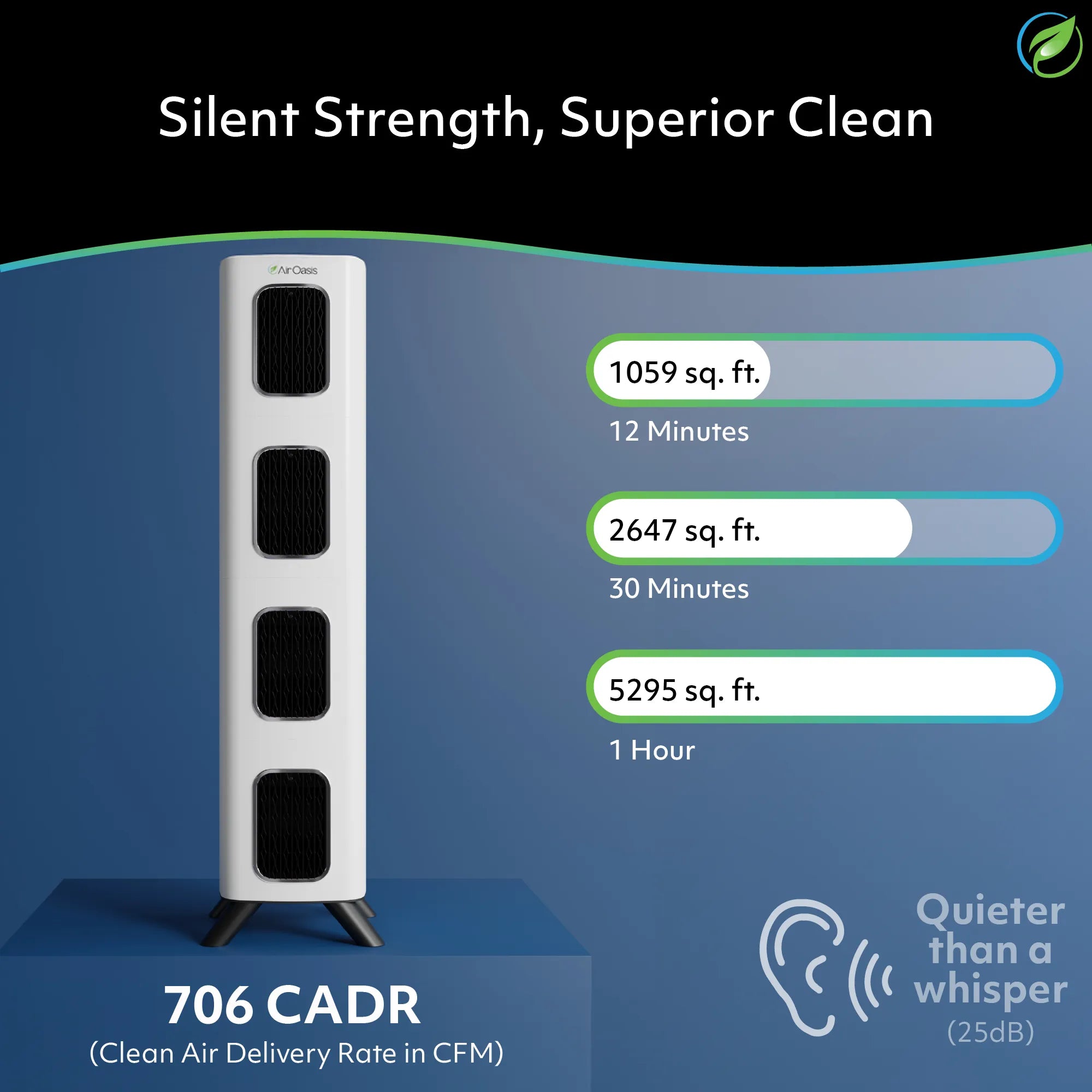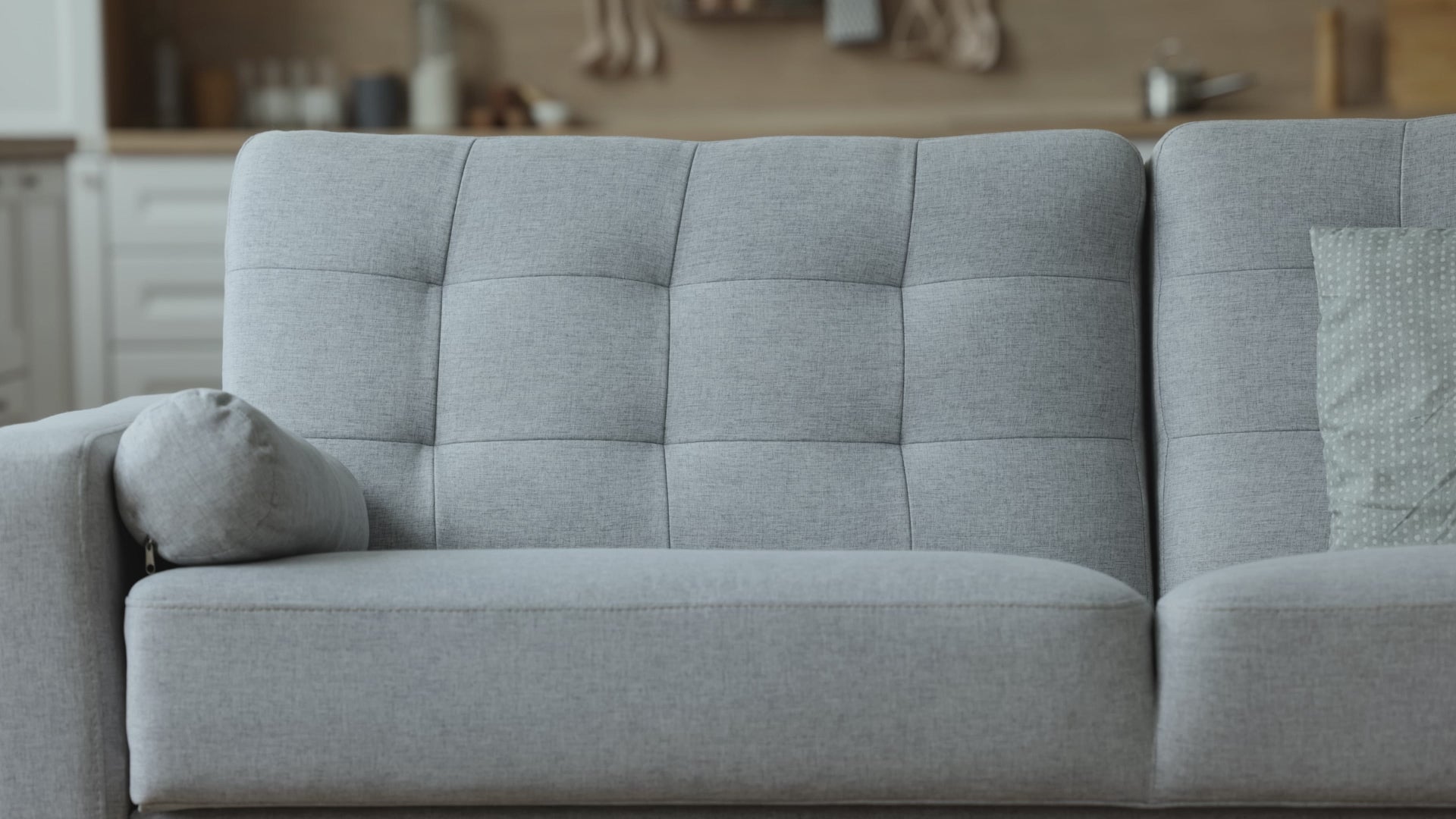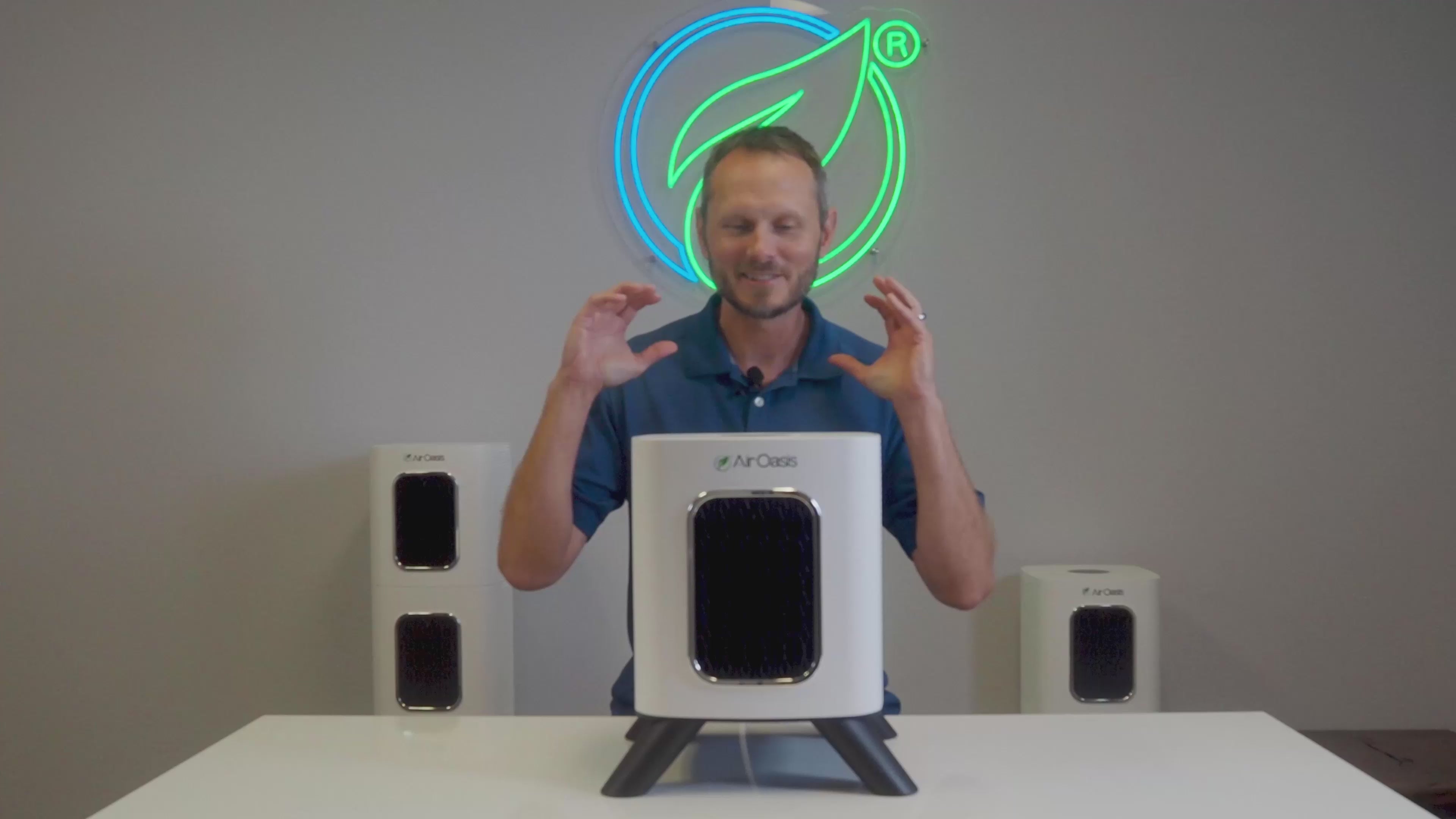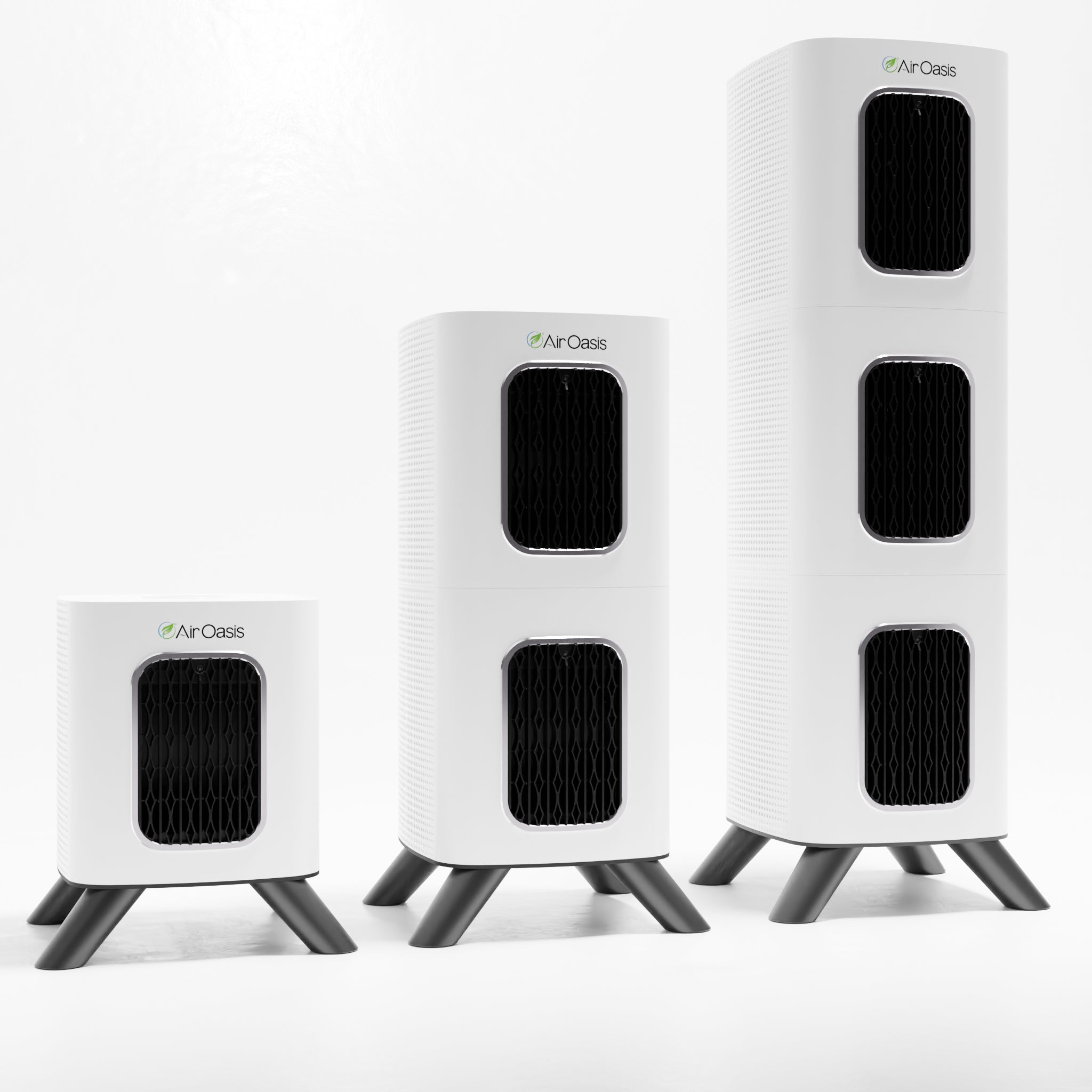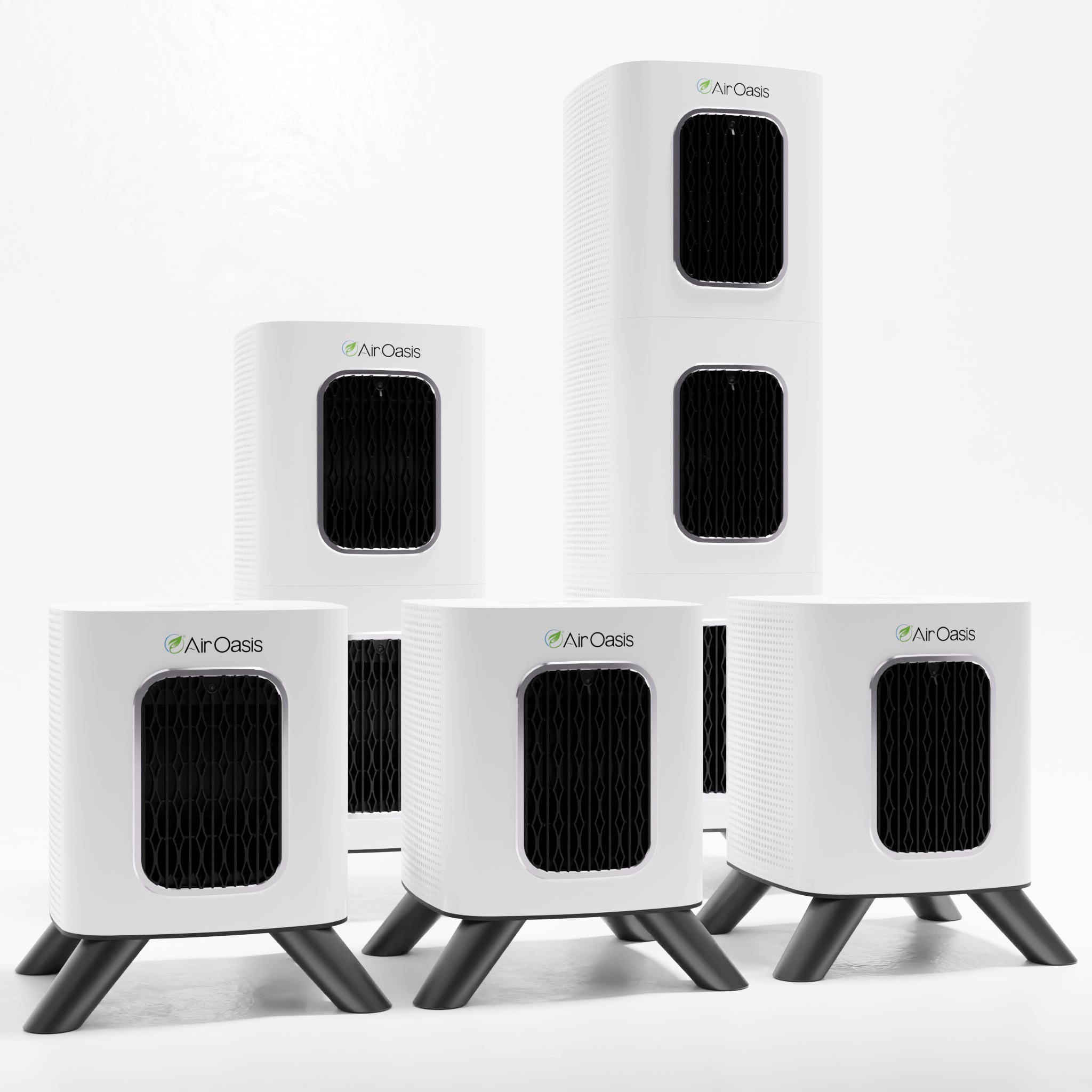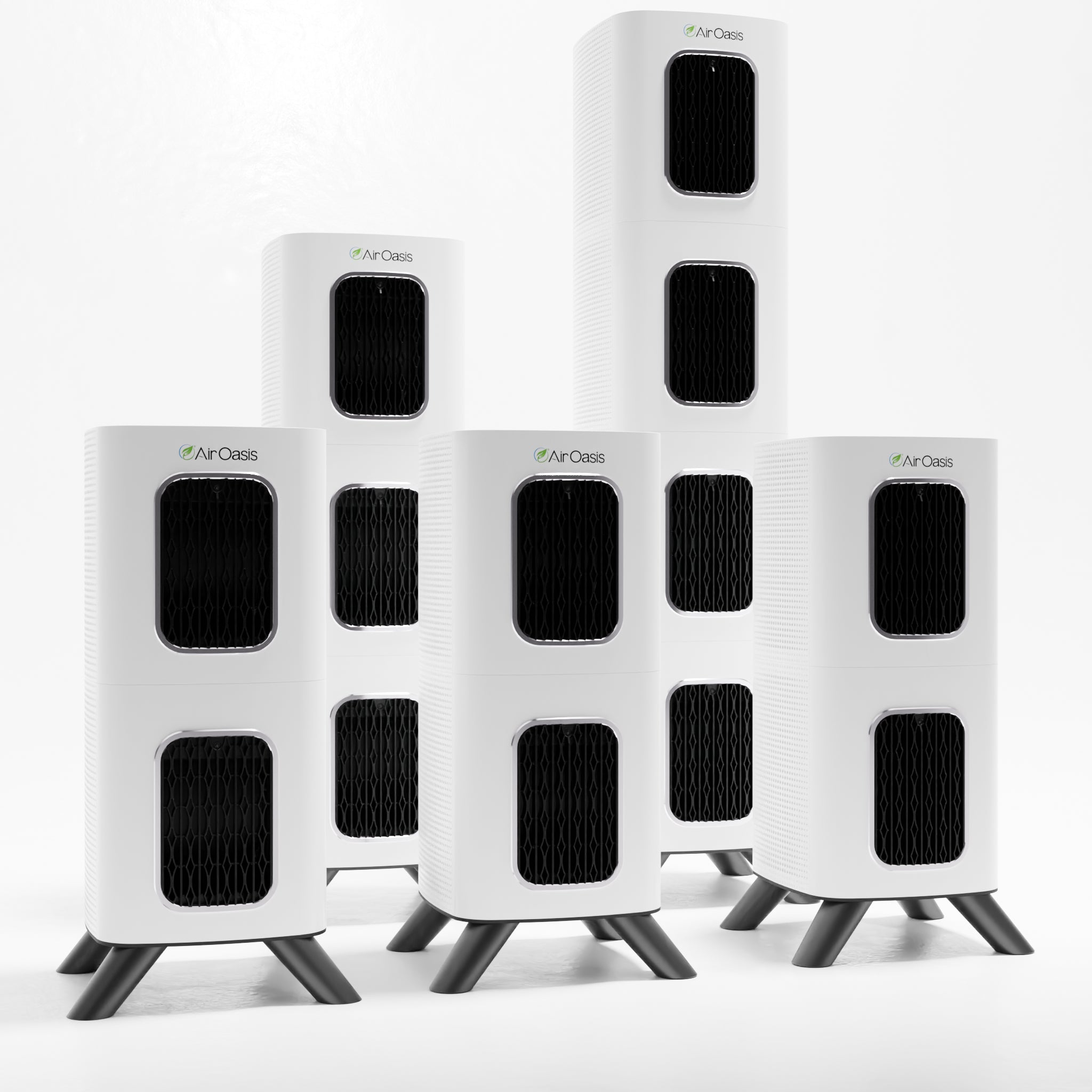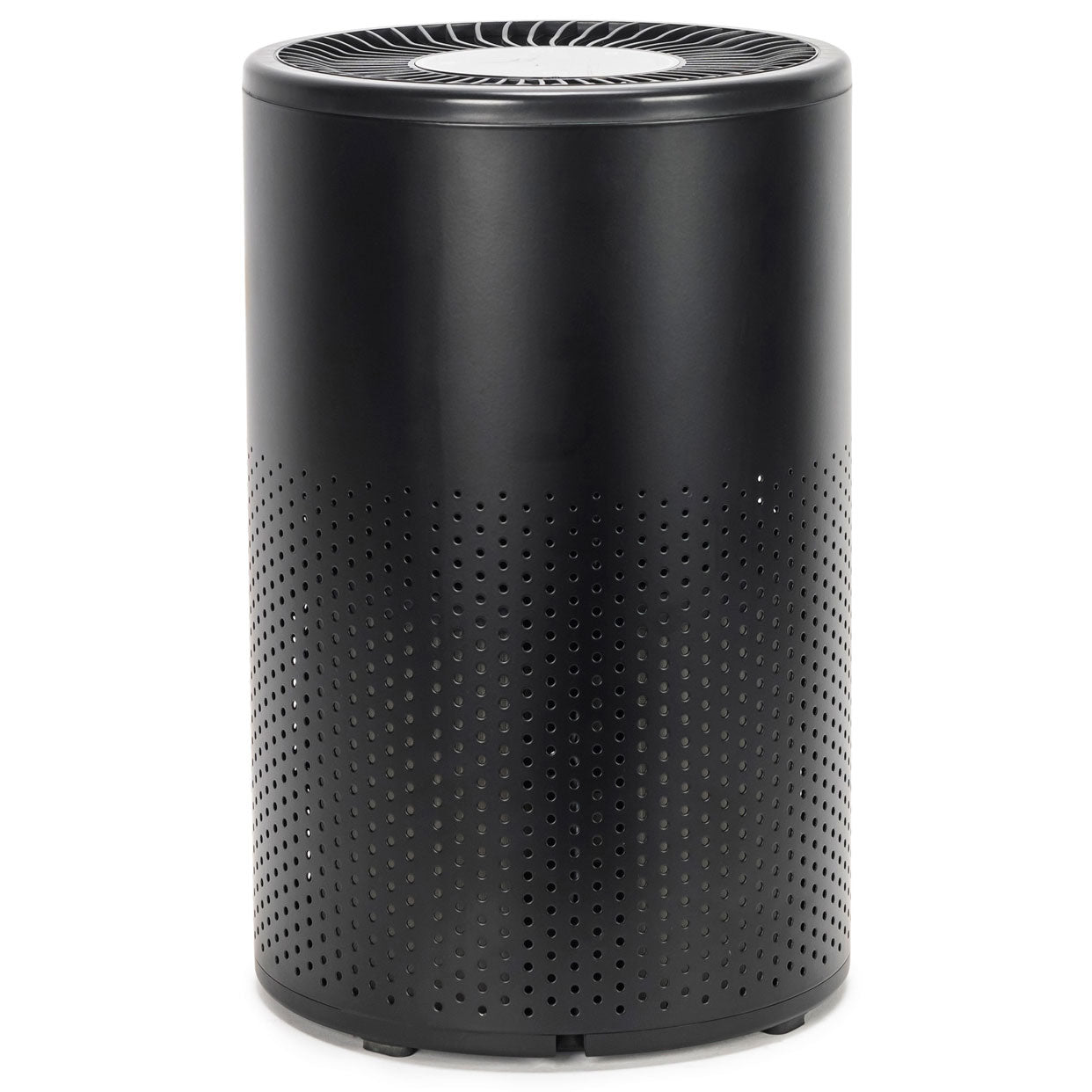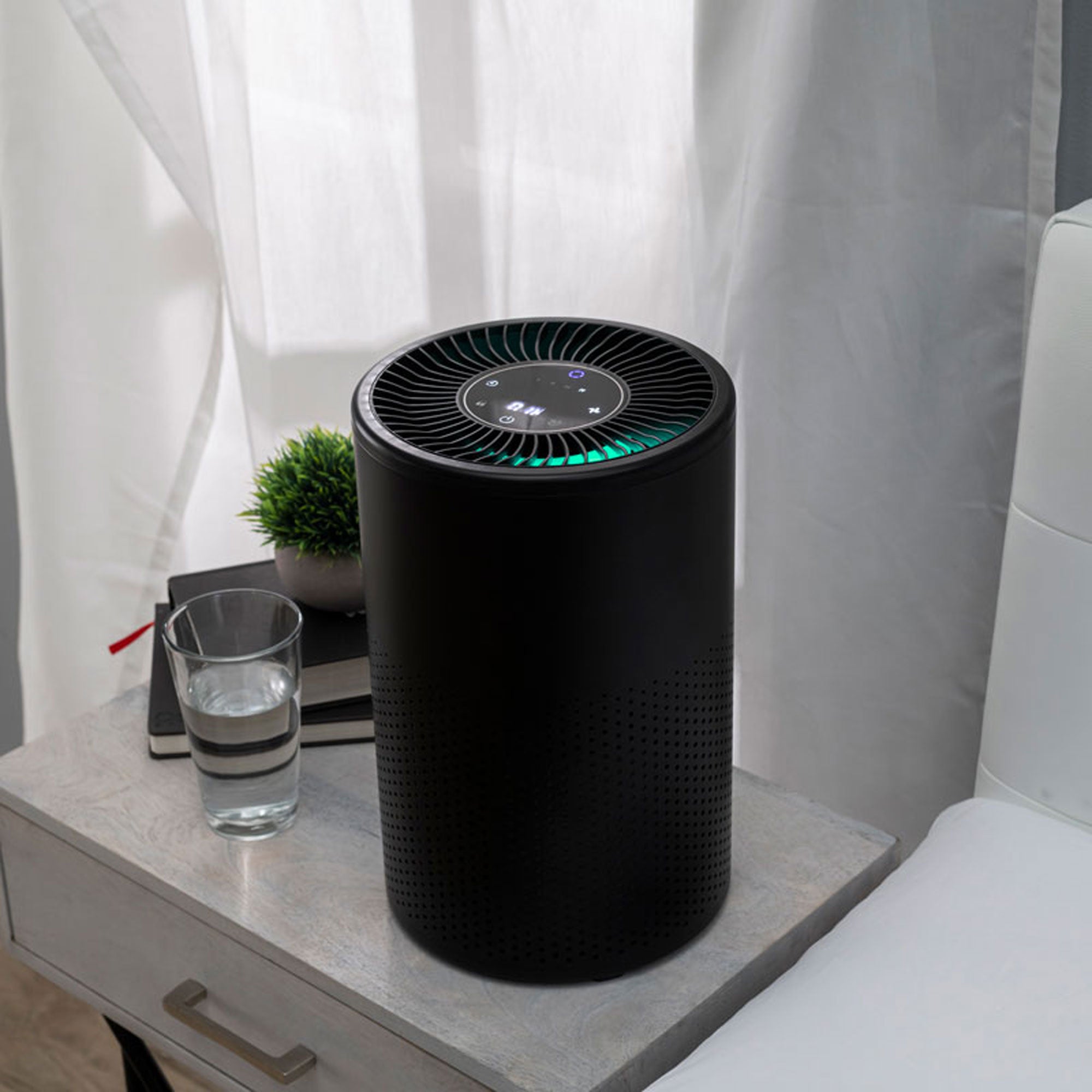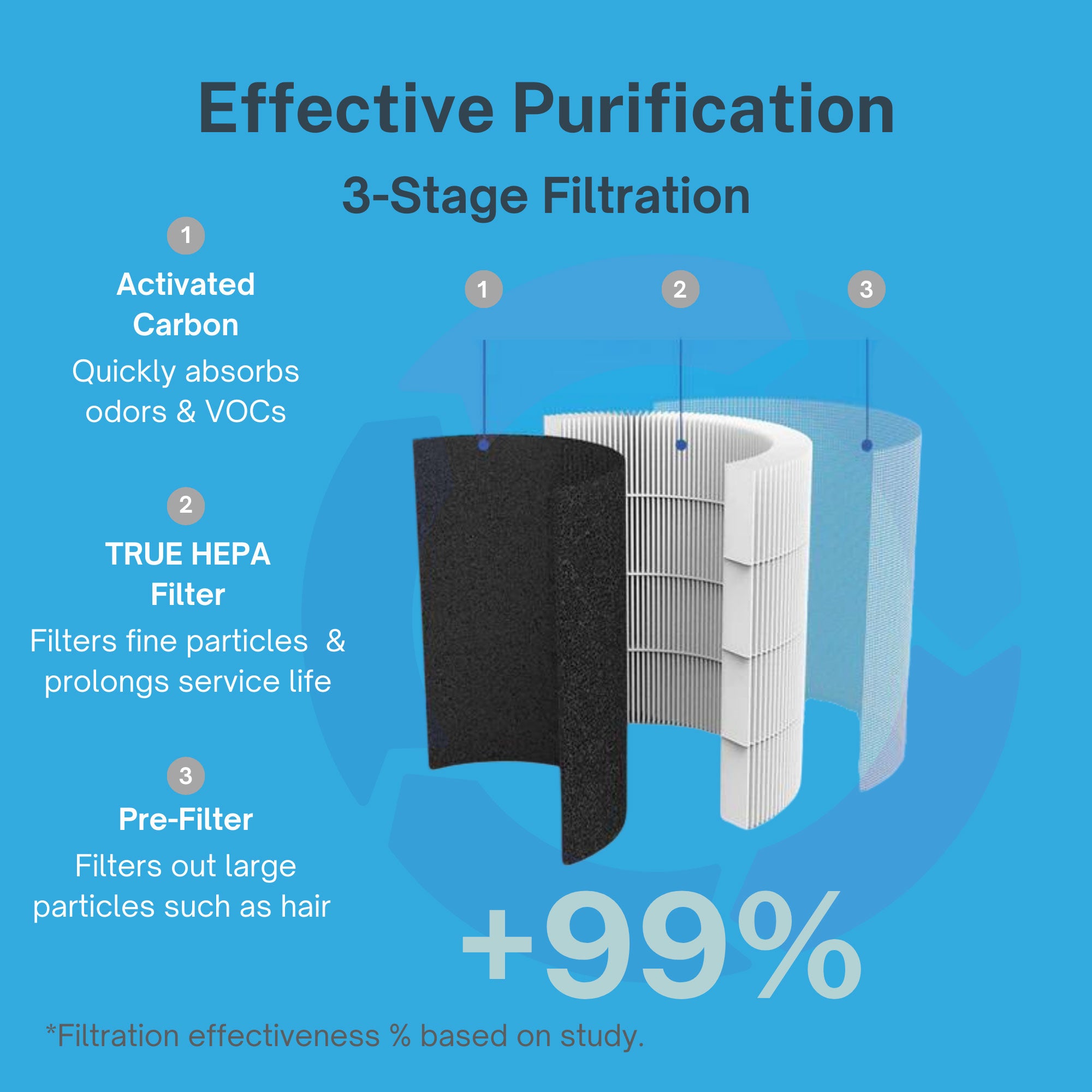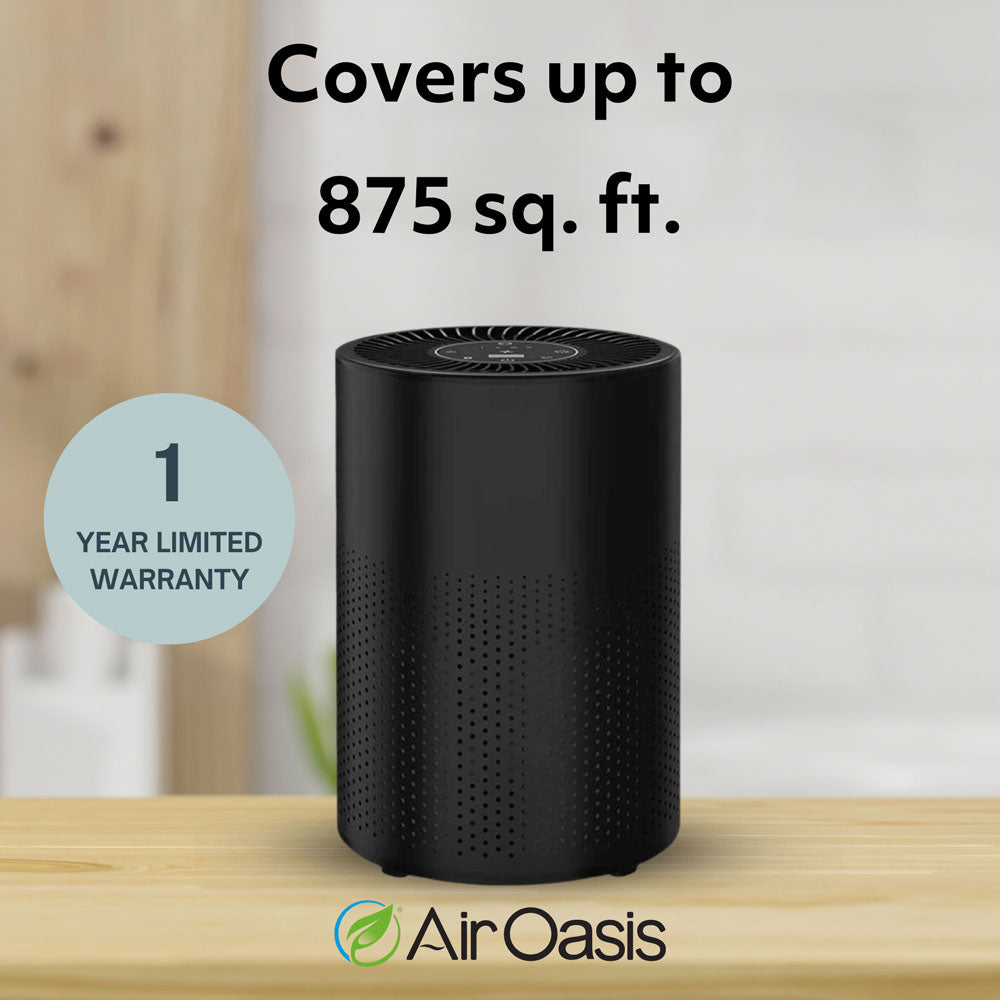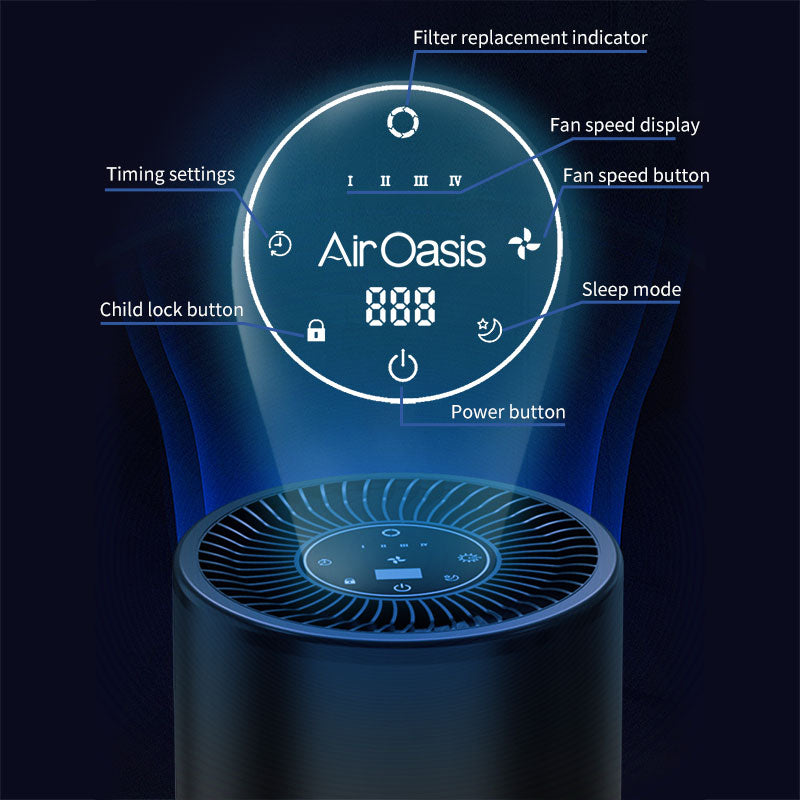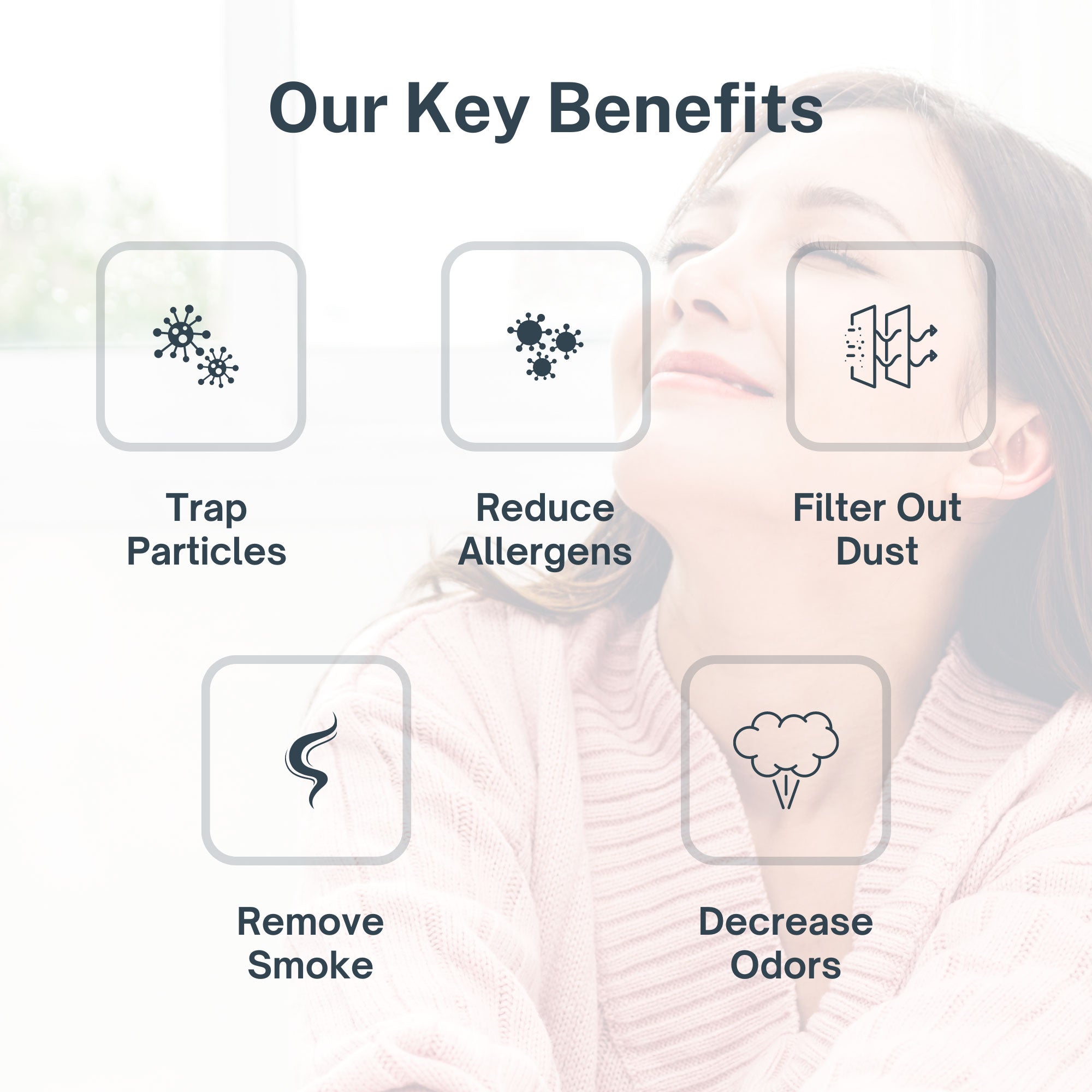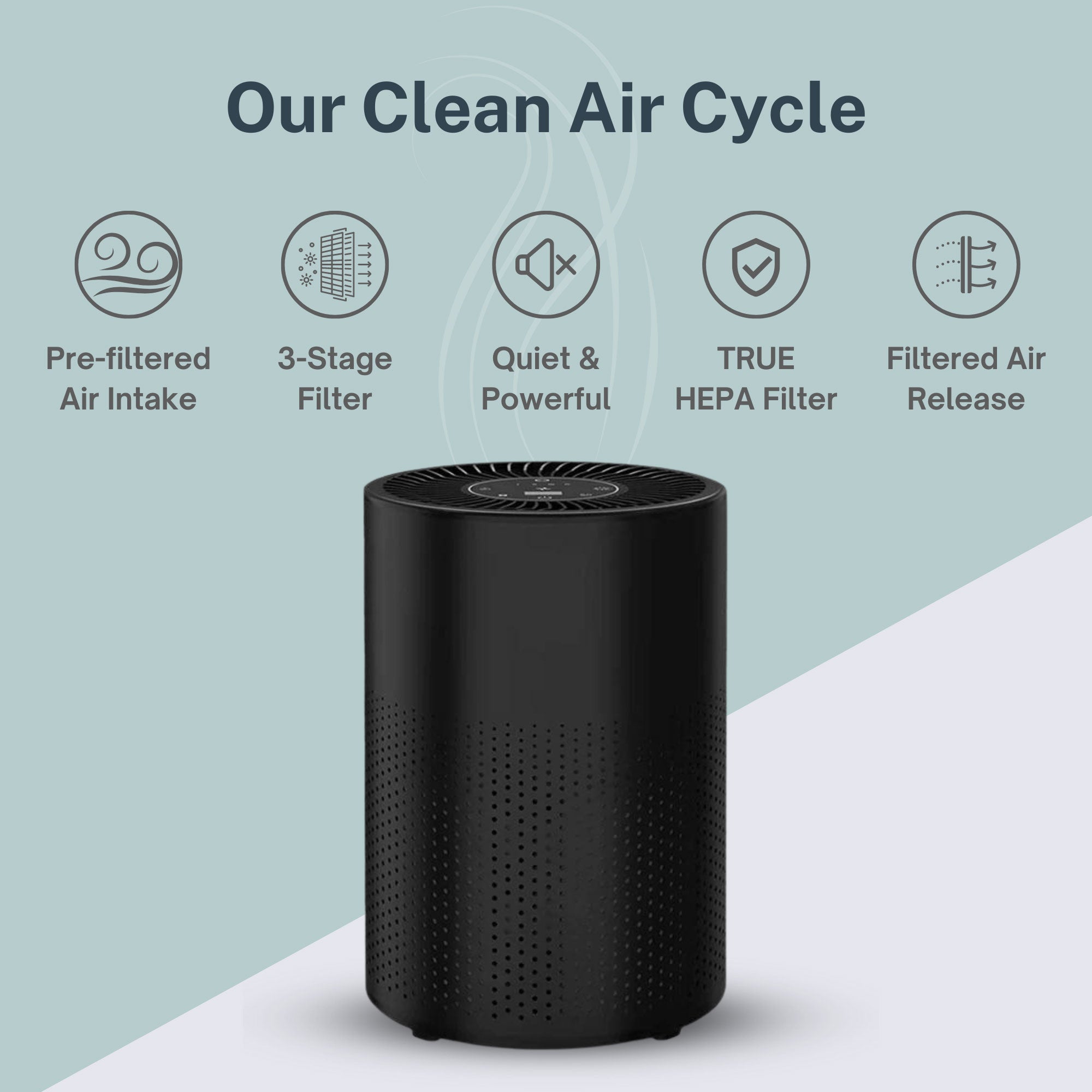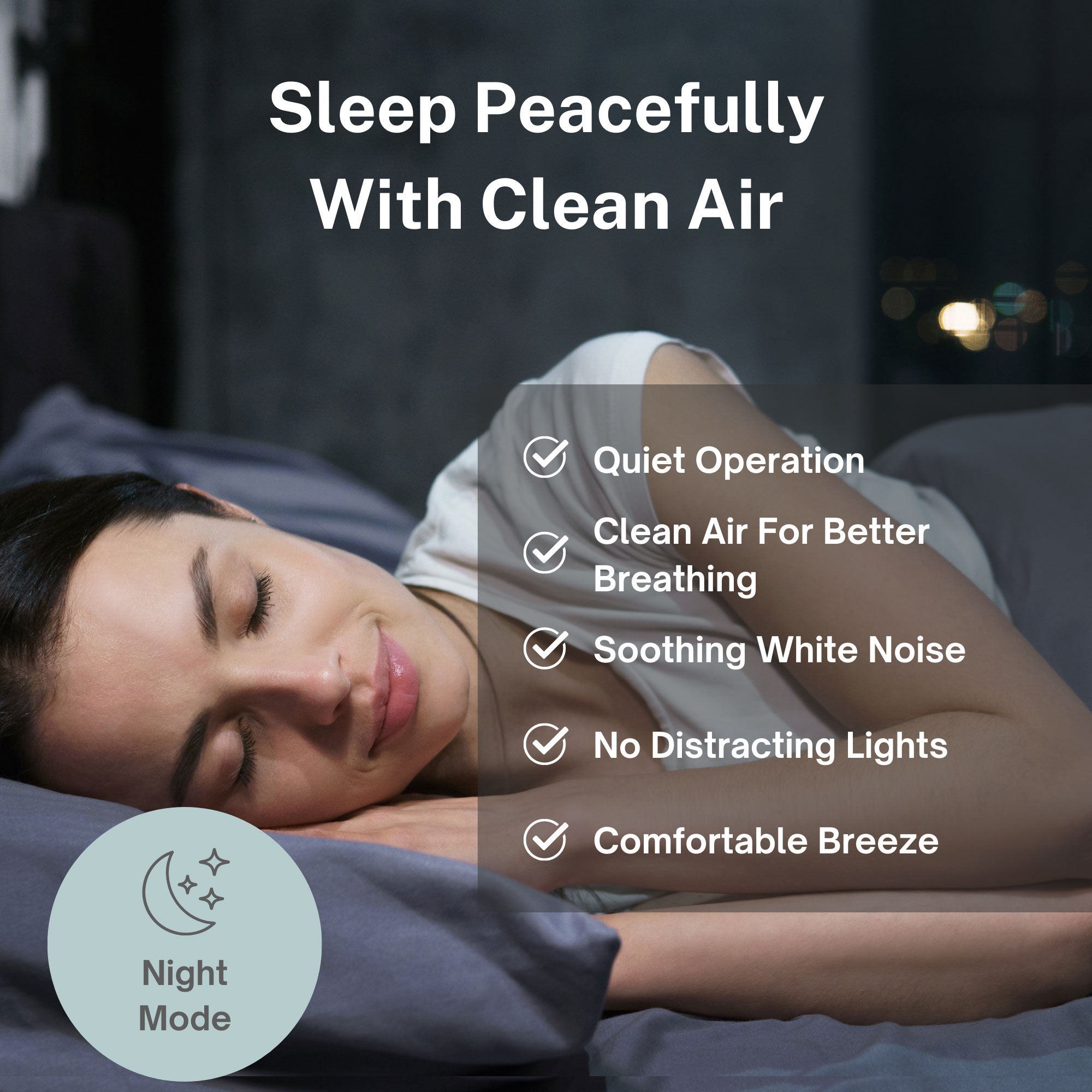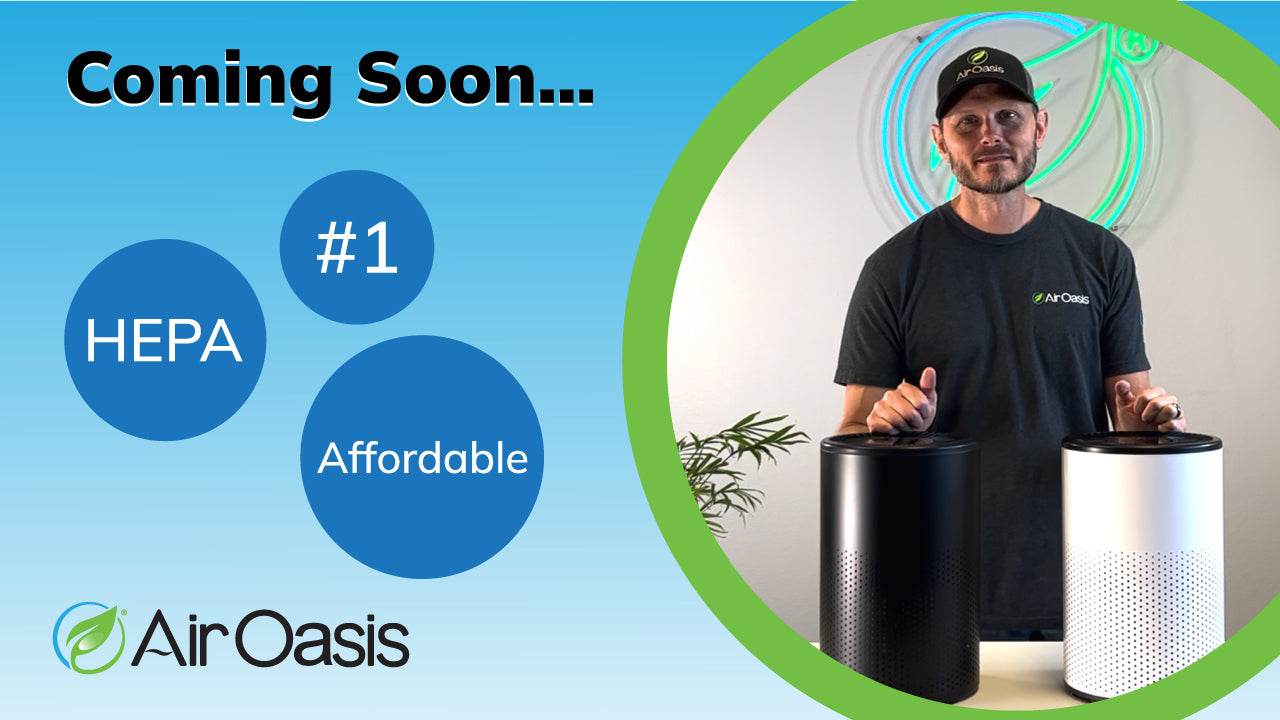Clinical depression is a serious medical illness characterized by persistent feelings of sadness, hopelessness, and loss of interest in once-enjoyable activities. It can have a profound impact on a person's mental health and quality of life.
Most people don't give much thought to the quality of the air they breathe indoors each day. However, poor indoor air quality due to allergens, pollution, and mold can negatively affect both physical and mental health.
Emerging research shows a link between mold exposure, depression risk, and the importance of clean indoor air quality for mental health.
Read on to learn more about this connection and how you can mitigate depression symptoms brought on by mold through home air purification.
Understanding Depression
Depression, also called major depressive disorder, is a mood disorder causing persistent sad mood, fatigue, sleep disturbances, changes in appetite, lack of concentration, and loss of interest in life. Symptoms must persist for at least two weeks to meet the criteria for clinical depression.
According to the World Health Organization, depression affects approximately 280 million people globally. It is a leading cause of disability and lost productivity. Depression also increases the risk of suicide and substance abuse when left untreated.
Both biological and environmental factors play a role in depression. Stress, trauma, medical illness, genetics, brain chemistry, and exposure to environmental toxins are all believed to contribute to depression.
Exploring the Link Between Mold and Depression
Mold exposure can irritate the lungs, trigger allergy and asthma symptoms like wheezing and difficulty breathing, and may lead to respiratory infections in some individuals.
But that’s not all.
Several studies reveal a correlation between mold exposure and increased rates of depression. Researchers believe the inflammation caused by mold may drive depression.
Mold spores trigger an inflammatory response in the body that, over time, can travel to the brain, damaging mood-regulating areas and neurotransmitters involved in depression.
Impact of Air Quality on Depression
Poor indoor air quality from mold, cigarette smoke, vehicle exhaust, and other pollutants may irritate the lungs, cause inflammation, and increase stress hormones – all factors that may worsen depression.
Since most people spend 90% of their time indoors, maintaining clean indoor air via ventilation and air purification is key for both physical and mental well-being.
Being surrounded by visible mold or breathing airborne mold spores and mycotoxins found in damp buildings may directly promote the development of depression through inflammatory pathways activated by mold.
But all hope is not lost.
Strategies for Improving Air Quality and Managing Depression
There are a few strategies you can use to improve your home’s air quality and help manage any depression symptoms.
- Open windows regularly, use fans when possible, and ensure bathrooms and kitchens have proper exhaust venting to the outside to clear indoor air contaminants.
- Air purifiers with HEPA filters are highly effective at trapping mold spores, smoke, pet dander, and other microscopic particles to freshen indoor air.
- Spending time outdoors and allowing ample natural sunlight indoors helps vitamin D levels and may alleviate depressive symptoms.
- For moderate to severe depression, consult a doctor or licensed mental health professional. Testing and professional mold remediation may also be necessary in some cases.
The Role of Air Oasis Air Purifiers in Air Quality
Air Oasis air purifiers use an industry-leading combination of technologies to fight mold. By eliminating up to 99% of airborne contaminants from your indoor air, Air Oasis air purifiers promote clean, breathable air to alleviate inflammation and respiratory issues linked to depression. This also rids homes of musty odors that may trigger negative feelings.
Here is a breakdown of the technologies used in Air Oasis air purifiers:
True H13 HEPA Filtration:
- Features a self-contained H13 HEPA filter designed with an ultra-fine mesh to capture 99.97% of airborne particles as small as 0.1 microns.
- Effectively filters out dust, pollen, mold, bacteria, and pet dander for cleaner indoor air quality.
Activated Carbon Filtration:
- Utilizes an activated carbon filter to absorb smoke, toxic chemicals, odors, and gaseous contaminants from indoor air.
- The porous surface traps chemicals and gases, binding them to carbon sites throughout the filter for thorough purification.
Bi-Polar Ionization:
- Specialized ion emitters generate positively and negatively charged ions via high voltage, dispersing them throughout indoor air.
- These ions attract and neutralize pollutants on surfaces, deactivating viruses, mold, mycotoxins, and mold spores for enhanced air quality.
UV-C Light:
- Harnesses UV-C light rays with short wavelengths to break molecular bonds in pathogens like bacteria and viruses.
- Makes pathogens unable to replicate, effectively eliminating them as they pass through the air purifier for cleaner, safer air.
Silver Ionization:
- Incorporates a pure silver mesh filter within the air purifier to continuously release antimicrobial silver ions.
- These ions damage pathogen cell walls and DNA, effectively suppressing mold, bacteria, and viruses in the indoor environment for a healthier living space.
Clean Indoor Air is Mission-Critical for Mental Health
Research demonstrates how mold exposure can lead to inflammation-driven depression. Poor indoor air quality from mold and other pollutants also negatively impacts mental health.
Actively monitoring and improving indoor air quality through proper ventilation, air purification, and mold remediation as needed is an important part of a depression treatment plan.
Protect your home from hazardous mold growth and enjoy cleaner, healthier indoor air with the Air Oasis iAdaptAir line of air purifiers. Each iAdaptAir unit features medical-grade True H13 HEPA filtration, bi-polar ionization, activated carbon filtration, silver ions, and UV-C light to clean your air in just minutes. Shop our air purifiers specifically designed to fight mold.





